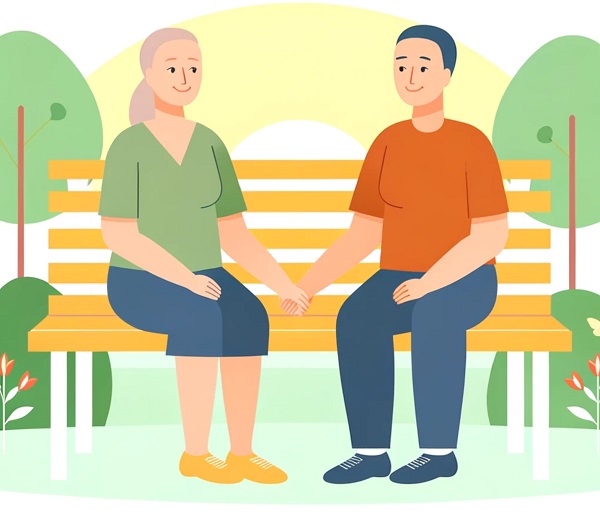Otherwise known as Borderline Personality Disorder (or just Personality Disorder) it is a mental health disorder that causes various problems for the millions of people around the world who suffer from it every single day. While there are many different ways it can affect people the main signs of it are personal instability, emotional instability and impulsive behaviour, all of which can manifest in various shapes and forms.
Definition:
- Borderline Personality Disorder (BPD) is a serious mental disorder.
- Persons with BPD experience ongoing instability in moods, behaviour, self-image, and functioning.
- Impulsive actions and unstable relationships can be prevalent, as well as intense episodes of anger, depression, and anxiety that may last from only a few hours to days.
- BPD very often co-occurs with other conditions, including mood disorders, anxiety disorders, eating disorders, substance abuse, self-harm, suicidal thinking and behaviour, and even suicide.
- Interests and values in a person with BPD can appear to change rapidly as extreme mood swings are experienced.
Signs and Symptoms:
- Frantic efforts to avoid real or imagined abandonment
- A pattern of intense and unstable relationships with family, friends, and loved ones, often swinging from extreme closeness and love (idealization) to extreme dislike or anger (devaluation)
- Distorted and unstable self-image or sense of self
- Impulsive and often dangerous behaviours, such as spending sprees, unsafe sex, substance abuse, reckless driving, and binge eating
- Recurring suicidal behaviours or threats or self-harming behaviour, such as cutting
- Intense and highly changeable moods, with each episode lasting from a few hours to a few days
- Chronic feelings of emptiness
- Inappropriate, intense anger or problems controlling anger
- Having stress-related paranoid thoughts
- Having severe dissociative symptoms, such as feeling cut off from oneself, observing oneself from outside the body, or losing touch with reality
Other Signs and Symptoms:
- Ordinary events may trigger symptoms in persons with BPD.
- Persons with BPD may see anger in an emotionally neutral face.
- Persons with BPD have stronger reactions to words with possible negative meanings than people who do not have the disorder.
Diagnosis:
- BPD is often underdiagnosed or misdiagnosed.
- The causes of BPD are not yet clear, but research suggests that genetic, brain, environmental and social factors are likely to be involved.
- It is important that a qualified and licensed mental health professional conduct a thorough assessment to determine whether or not a diagnosis of BPD or other mental disorders is warranted and to help guide treatment options when appropriate.
Risk Factors:
- BPD is about five times more likely to occur if a person has a close family member (first-degree biological relatives) with the disorder.
- Environmental and Social Factors. Many people with BPD report experiencing traumatic life events, such as abuse or abandonment during childhood. Others may have been exposed to unstable relationships and hostile conflicts. However, some people with BPD do not have a history of trauma. And, many people with a history of traumatic life events do not have BPD.
- Brain Factors. Studies show that people with BPD have structural and functional changes in the brain, especially in the areas that control impulses and emotional regulation. However, some people with similar changes in the brain do not have BPD. More research is needed to understand the relationship between brain structure and function and BPD.
Common Treatment Options:
- Cognitive Behavioral Therapy (CBT): CBT can help people with BPD identify and change core beliefs and/or behaviours that underlie inaccurate perceptions of themselves and others and problems interacting with others. CBT may help reduce a range of mood and anxiety symptoms and reduce the number of suicidal or self-harming behaviours.
- Dialectical Behavior Therapy (DBT): This type of therapy utilizes the concept of mindfulness, or being aware of and attentive to the current situation and moods. DBT also teaches skills to control intense emotions, reduce self-destructive behaviours, and improve relationships. DBT differs from CBT in that it integrates traditional CBT elements with mindfulness, acceptance, and techniques to improve a person’s ability to tolerate stress and control his or her emotions. DBT recognizes the dialectical tension between the need for acceptance and the need for change.
You can find various breakdowns of the treatments, signs and FAQ’s about this disorder right here on this site, plus a quick reply email that can help you answer any questions you have about claiming benefits with BPD or even just how best to go on a self-help trip. If there is a question I haven’t answered on this site please do let me know in the comments, drop me an email on help@bpd.org.uk or use the Contact Us page to get in touch.



